|
Whose art gets made in an art classroom? If we're not careful it's the teacher's art. Avoiding that and fostering self expression are important to me, so I ask students to make as many decisions as possible themselves. This includes decisions about craftsmanship. What we refer to as "craftsmanship" often refers to stylistic preferences. If I make these important choices for my kids I'm robbing them of a great learning opportunity. 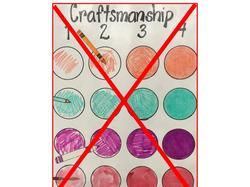 This, of course, doesn't mean that I skip craftsmanship or ignore it. It means I differentiate. Craftsmanship isn't a directive in my classroom. It's a conversation. My Art 1 students are working on a pixel/pointillism assignment as part of our Artists Solve Problems unit. The unit starts by looking at some amazing art inspired by pointillism, then practicing traditional stippling. Some of the spheres I asked then to create in out 15 minute mini-lesson were sloppy, some were lovely. "What" I asked the class "makes this work well?" We talked about it and the class came up with a range of suggestions. Next I presented an array of pixel/ pointillism inspired ideas and challenged them to make their own work. Some choose to stick with stippling. Some decided to expand on the idea of making points. Many branched out, bring in their own supplies - like soda tabs, cups, matches, M&Ms, salt or even oats. There were no issues with sloppiness in the student directed section of my lesson, unlike in my stippling mini-lesson.
The difference was ownership. Because students were working to accomplish their visions on their own terms they took pride in their work and strived for excellence, doing things like hand gluing individual grains of salt or spending hours coloring soda tabs black. Not just some students. Virtually all. Any conversations during this work in progress, all done on Friday, were about how to communicate vision. "Would the image work better with more salt?" I asked, or "Could this be part of a series?". My role was not that of quality enforcer, but partner in creation. That makes all the difference in the quality of the final product and the learning that happens in getting there.
0 Comments
Your comment will be posted after it is approved.
Leave a Reply. |
Mrs. PurteeI'm interested in creating a student student centered space for my high school students through choice and abundant opportunity for self expression. I'm also a writer for SchoolArts co-author of The Open Art Room. Archives
December 2019
Categories
All
|
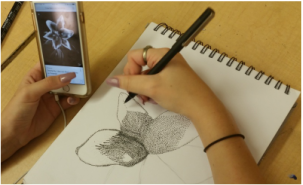
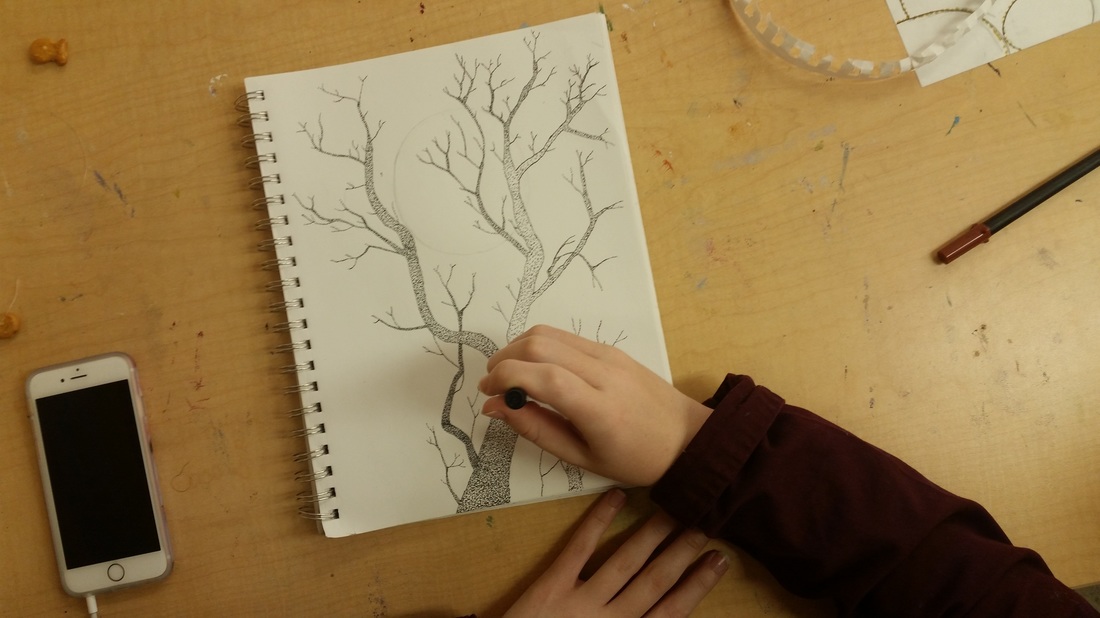
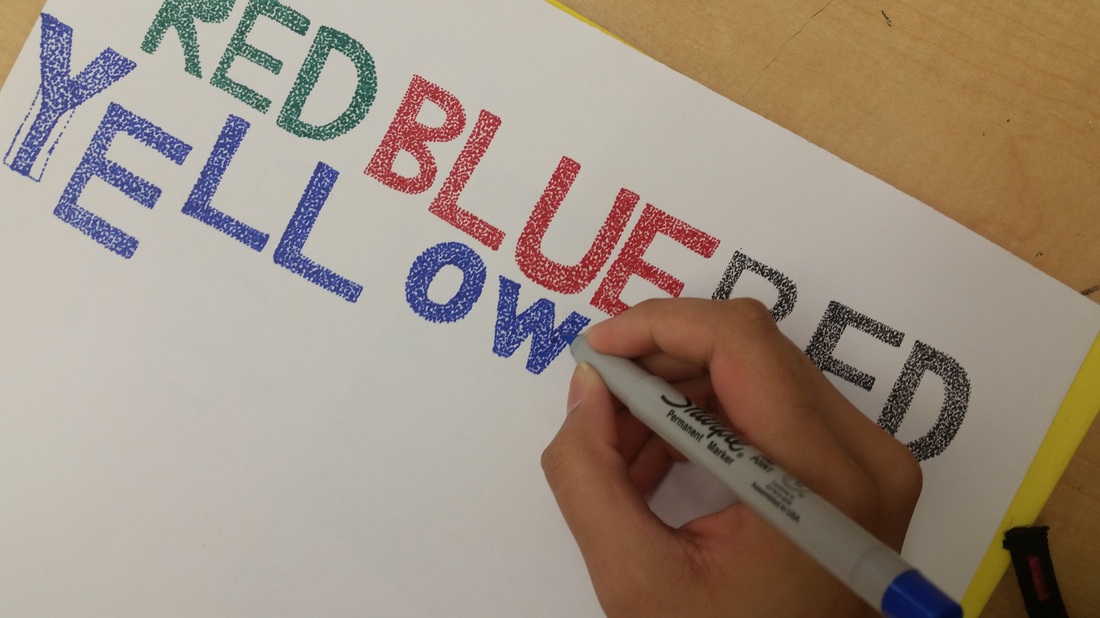
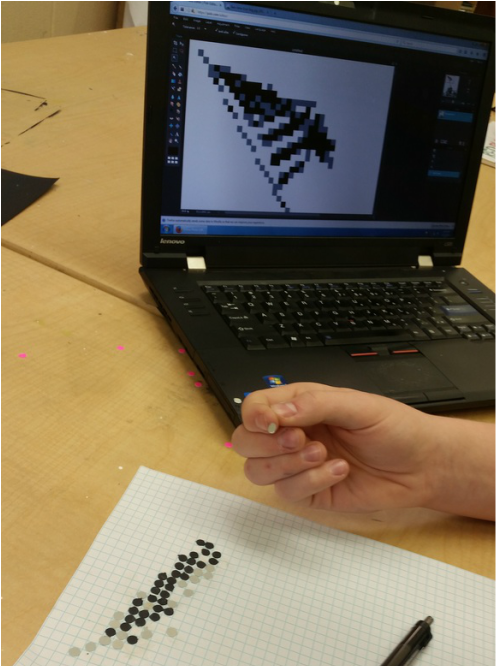
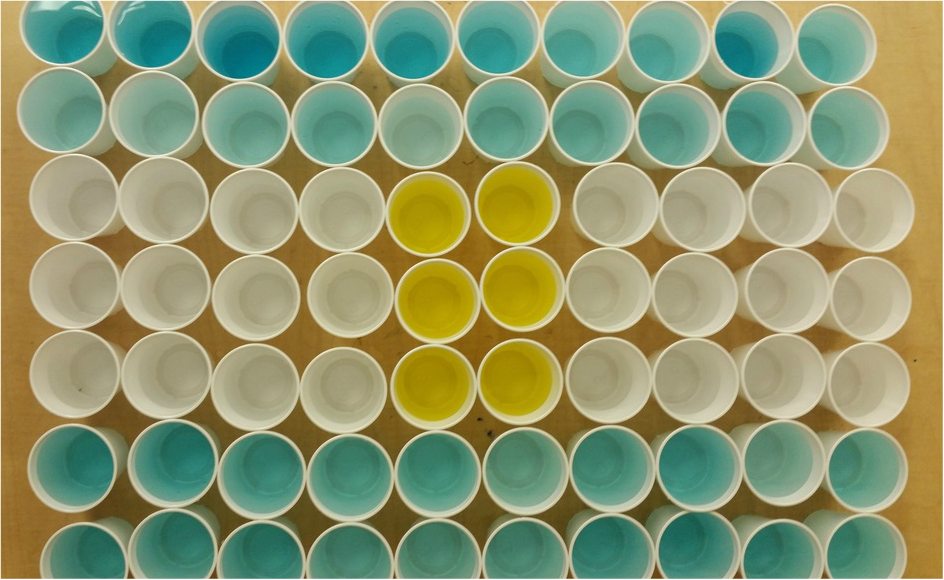
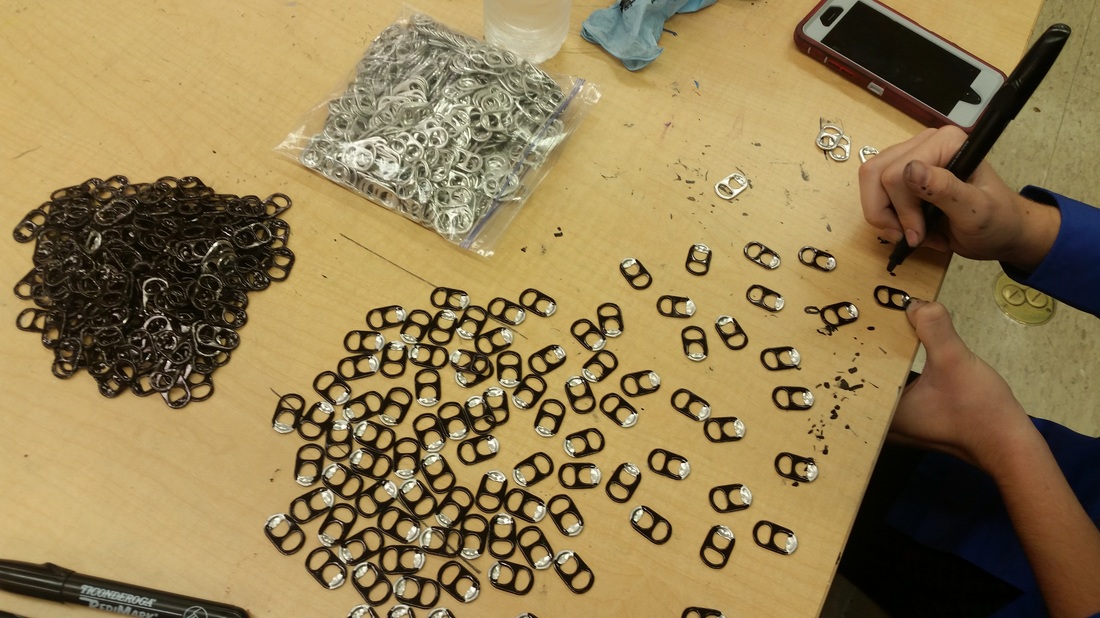
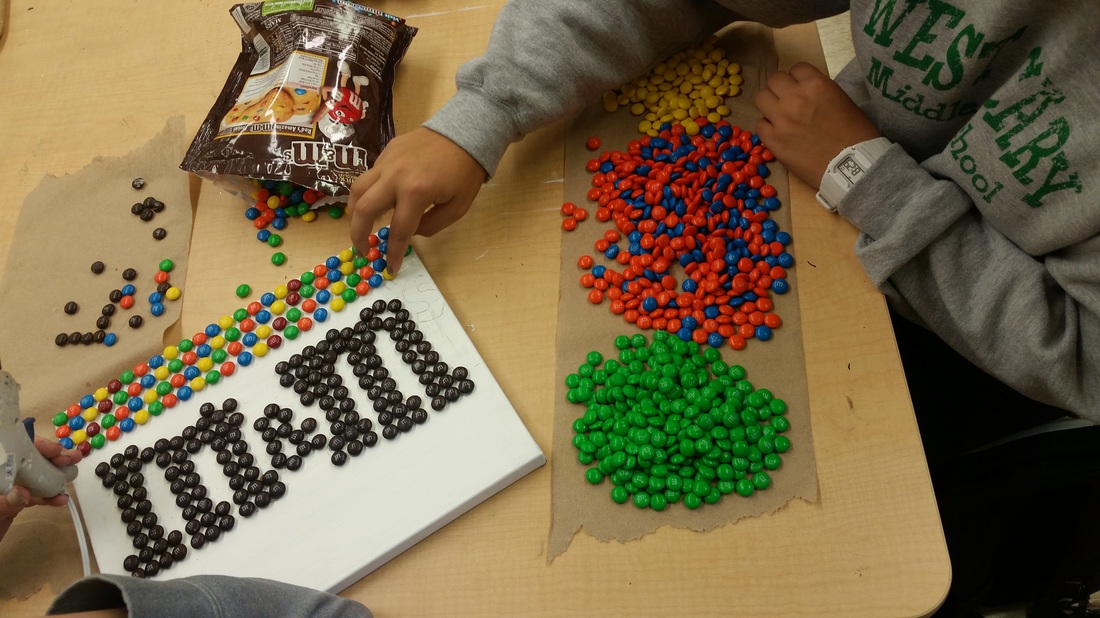
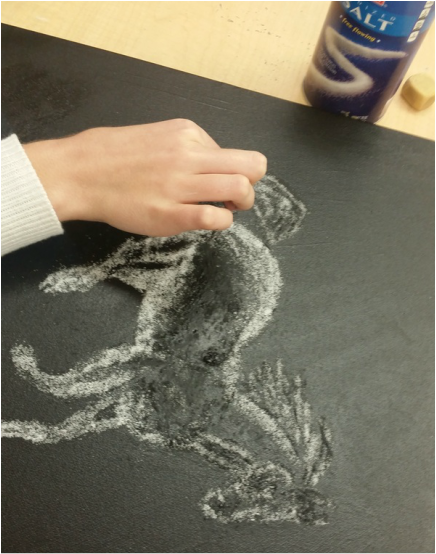
 RSS Feed
RSS Feed
